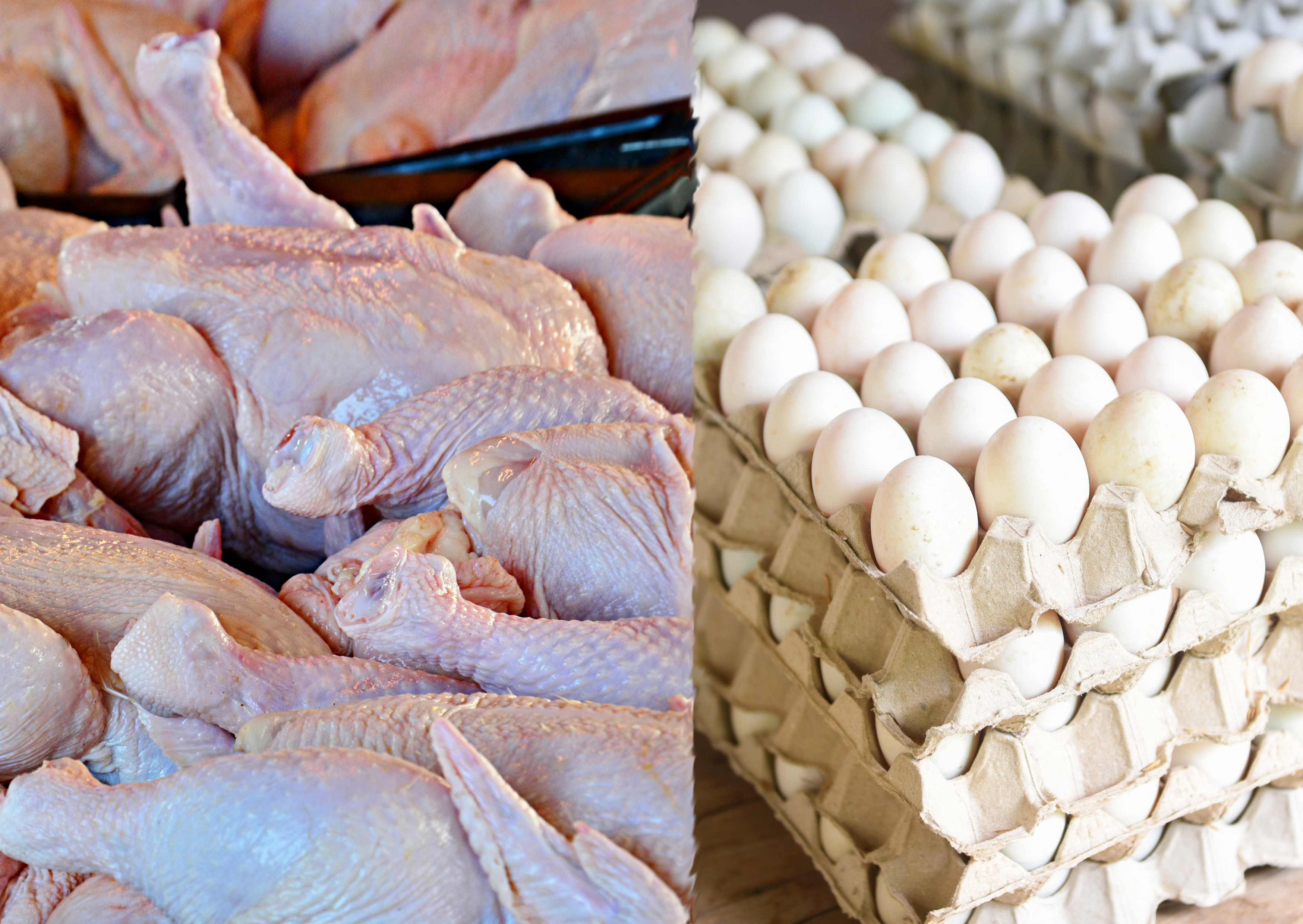
The Department of Agriculture (DA) is putting into operation a series of interventions to quickly address the continued rise in prices of poultry and poultry products in the markets. These include easing restrictions of movements of poultry products, conducting regular validations and monitoring of supply scenarios, sourcing alternative local feed ingredients, and lifting import bans for poultry products, among many.
Agriculture Secretary William D. Dar said tactical intermediation is needed to tackle this “double-edged sword. On one hand, we see increased demand for poultry products from pent-up demand resulting from the pandemic. On the other hand, we see a drop in output as poultry producers hold back on production due to several factors, including rising prices of inputs and poultry diseases.”
The DA’s Bureau of Animal Industry (BAI) has issued special import permits for autogenous vaccines to support disease prevention on other poultry diseases such as the dreaded inclusion body hepatitis (IBH) This viral disease is caused by fowl adenovirus which is resistant to several disinfectants, heat and pH changes.
The agriculture chief also said the DA is conducting dialogues with other countries for the possible sourcing of alternative feed ingredients to lower production cost of poultry sector.
The policy brief on regionalization with trading partners has also been reevaluated to allow the importation of poultry from non-infected areas outside the control areas. The memorandum on lifting of importation ban from Spain, Denmark and Czech Republic has already been finalized to allow the sourcing of raw materials for breeding.
The DA-BAI is also looking at Belgium as an alternative source of raw materials, adding that the lifting of the ban on poultry imports is now being finalized.
In his report to Secretary Dar, BAI director Reildrin Morales said smooth flow of farm products must be ensured both by the local and national governments. Opening of the economy led to increased spending by families on meat and poultry products, he said. However, “restrictions on the movement of live birds, poultry products and by-products due to avian influenza outbreak have caused imbalance in the supply chain from region to region.”
He added that supply is tight, as producers are “holding back production” to minimize losses. To recall, several hog raisers affected by the African Swine Fever (ASF) went into poultry, particularly egg production, thereby increasing the competition of producers in the industry. “Their entry created surplus production, and that the high cost of inputs, notably feed ingredients, has added pressure to poultry producers.”
Report from the Surveillance, Monitoring, and Enforcement Group (SMEG) of the Department of Agriculture-Agribusiness and Marketing Assistance Service (DA-AMAS) showed that prices of whole chicken have increased steadily since last year to as much 25 percent, currently selling at a minimum of P200 per kilogram (%). However, supply of table eggs (medium) from last year’s versus this year has increased, thus prices has decreased to P6 from P6.50 a piece.
“The poor quality of inputs couple with animal diseases can also be blamed,” Morales said in his report, adding that the rising cost of feed ingredients has forced some producers to “re-formulate” and in the process affected growth rate of the flocks.
To address this issue of supply, Secretary Dar reminded distributors and traders that movement of poultry products from mainland Luzon to any destination in the country—provided that these tested negative for Avian Influenza for at least seven days.
Dar said regular validation of the boiler life cycle model is being conducted by private sector partners to ensure the prevent of the spread of diseases.
Climate condition and unstable temperature regulation also play a critical role during the period affecting the growth of poultry birds. “Climate change plays a major role since most of the poultry housing in the Philippines are still conventional (open-sided, drop-down). But even with tunnel -ventilated housing the fluctuating weather conditions still present a big challenge in adjusting temperatures in the farm,” he said. ### (DA-StratComms)













